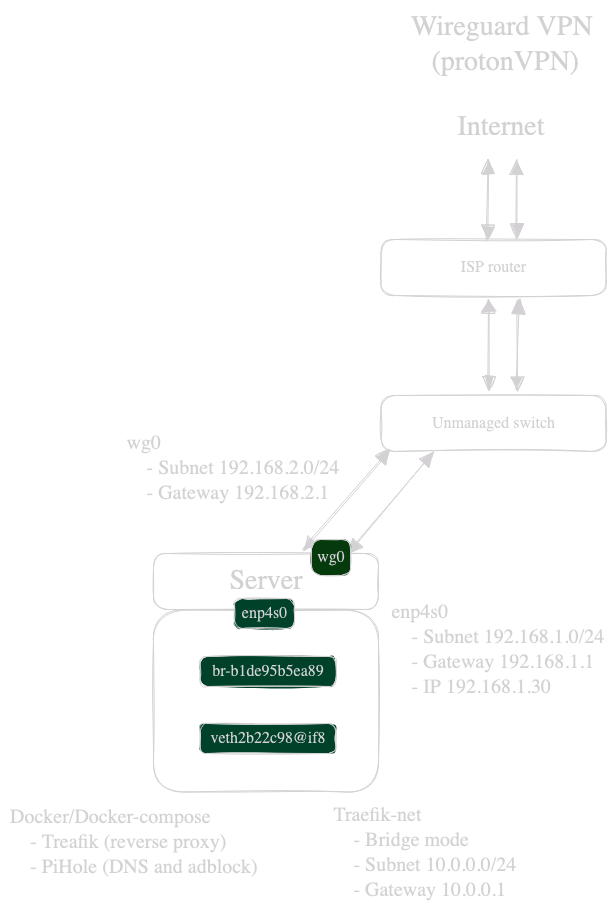Networking
529 readers
1 users here now
This is a community dedicated to all types of computer networking (physical/virtual/cloud/etc.)
Computers use common communication protocols over digital interconnections to communicate with each other. These interconnections are made up of telecommunication network technologies based on physically wired, optical, and wireless radio-frequency methods that may be arranged in a variety of network topologies.
Helpful Links:
Rules:
- Posts must be relevant to networking
- No NSFW content
- No hate speech, bigotry, etc
- Try to keep discussions on topic
- No spam of tools/companies/advertisements.
- It’s OK to post your own stuff part of the time, but the primary use of the community should not be self-promotion.
founded 2 years ago
MODERATORS
1
2
3
20
250 million-plus unused IPv4 addresses should be left alone, argues network boffin • The Register
(www.theregister.com)
4
5
6
7
8
9
10
11
12
13
14
15
16
10
Wireshark Is 25: The email that started it all and the lessons learned along the way
(blog.wireshark.org)
17
18
19
20
21
22
